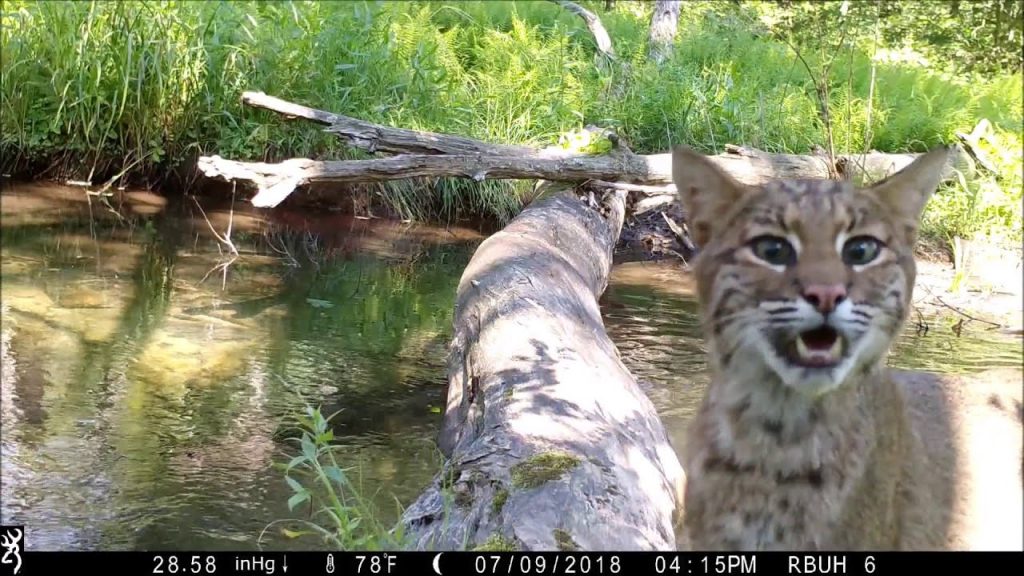CANNONBALL FRUIT Review : Incredibly bizarre and beautiful tree

Incredibly bizarre
Reviewing a fruit that I have been wanting to try for a very long time. Is it any good?
What is the current conservation status of the Cannonball Fruit tree, and what threats does it face in terms of habitat loss and overharvesting of its wood?
CANNONBALL FRUIT Review: Incredibly Bizarre and Beautiful Tree
If you’ve ever heard of the Cannonball Fruit tree, you may already know that this is one of the most unique trees in the world. Also known as the Couroupita guianensis, this tropical tree is native to the Amazon rainforests of South America and is famous for its bizarre “fruit” that resembles a cannonball. In this article, we’ll dive into the world of the Cannonball Fruit tree and explore its beauty, uniqueness, and significance.
Appearance
The Cannonball Fruit tree is a tall and impressive tree that can reach heights of up to 80 feet. It has large, dark-green leaves that are arranged in a spiral pattern along the branches, creating a stunning canopy of foliage. However, it’s the tree’s fruit that really steals the show. The fruit is round, hard, and heavy, measuring up to 30cm in diameter and weighing up to 10 pounds. When the fruit is mature, it falls from the tree, making a loud thud that resembles a cannonball hitting the ground.
The outer layer of the fruit is rough and thick, resembling a hard shell. When the fruit is cracked open, it reveals a unique structure. The flesh contains numerous small flowers, making it look almost like a small beehive. The flowers produce a sweet fragrance that attracts pollinators.
Uses
The Cannonball Fruit tree has several uses in traditional medicine. Its bark, leaves, and fruit have been used to treat a range of ailments, including fever, inflammation, and respiratory infections. Additionally, the fruit is sometimes used in religious ceremonies and is believed to have spiritual significance in some communities.
Ecological Significance
The Cannonball Fruit tree is an important component of its ecosystem, providing food and shelter for a variety of animals, including primates, birds, and bats. Its large leaves and dense canopy help to create a shaded and humid environment that allows other plants and animals to thrive.
Conservation
The Cannonball Fruit tree is listed as a species of least concern by the International Union for Conservation of Nature (IUCN). However, its populations are declining due to habitat loss and overharvesting of the tree’s wood for construction and fuel.
Conclusion
In summary, the Cannonball Fruit tree is a unique and fascinating species that plays an important role in its ecosystem. Its bizarre fruit, medicinal properties, cultural significance, and ecological value make it a valuable and beloved species. However, conservation efforts are needed to preserve this tree and ensure that it continues to thrive for future generations.









8 Family Travel Tips | Family Living the Buslife
INCREDIBLE OFF-THE-GRID HOUSEBOAT (Coron, Philippines)
Inside a MASSIVE $280 Million Mansion
Trash Town. A whole community in Egypt that lives on rubbish
How Strong Was Bruce Lee?